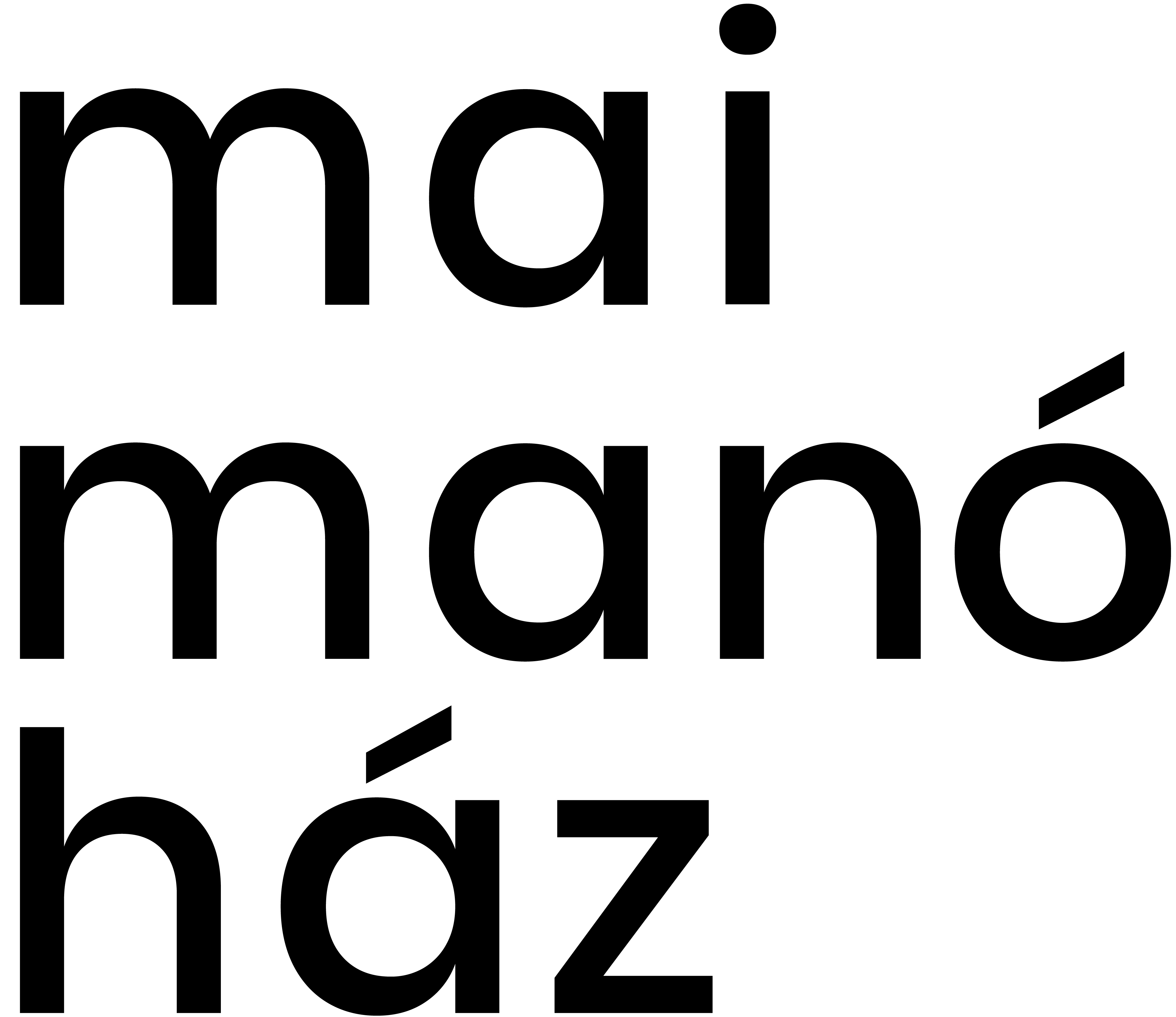Elliott Erwitt in Hungary
Open to public:
June 15 - September 24, 2017
every day: 11-19h
Curators: Gabriella Csizek, Flóra Barkóczi
Elliott Erwitt, the world-renowned photographer took pictures of Hungary in 1964. A selection of these images will be showcased for the first time in Hungary at the Mai Manó House in the summer of 2017.
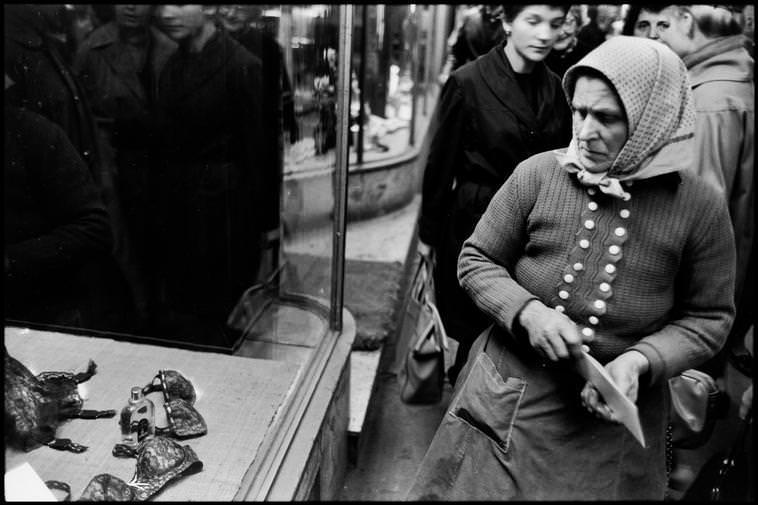
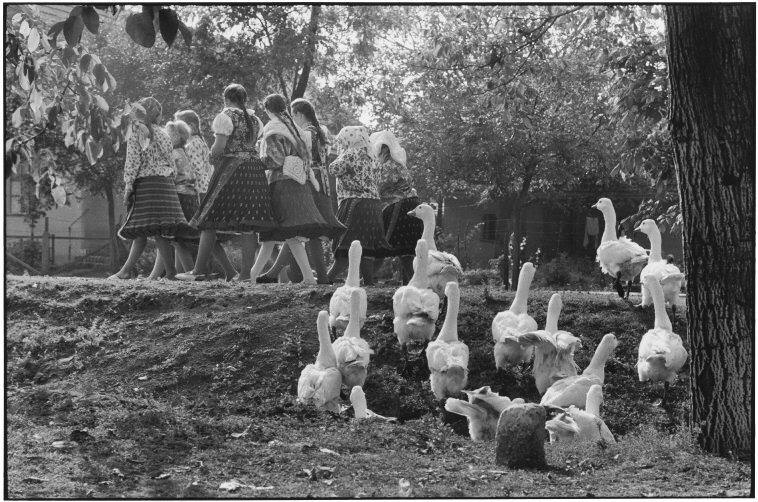
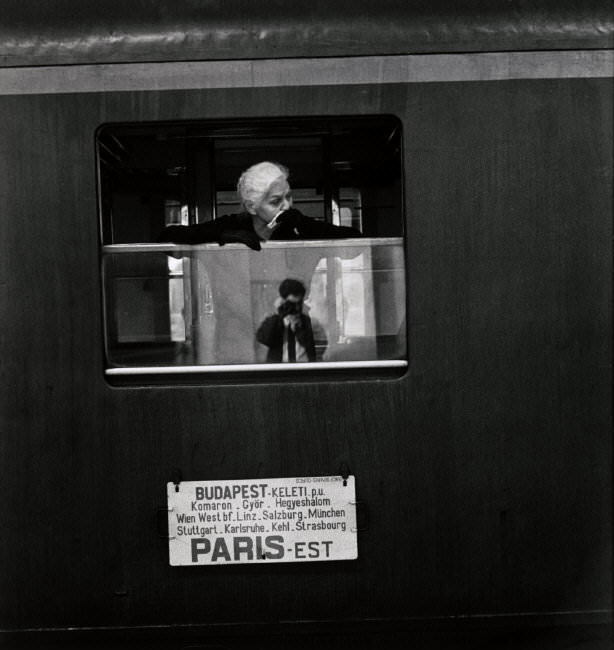

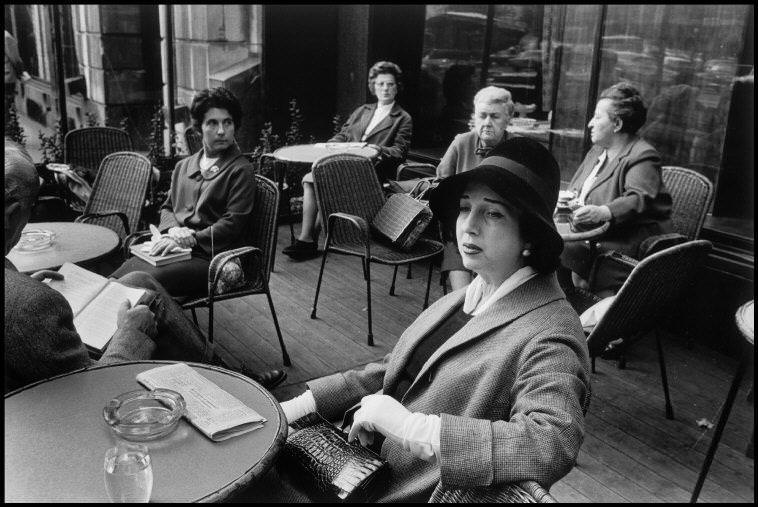
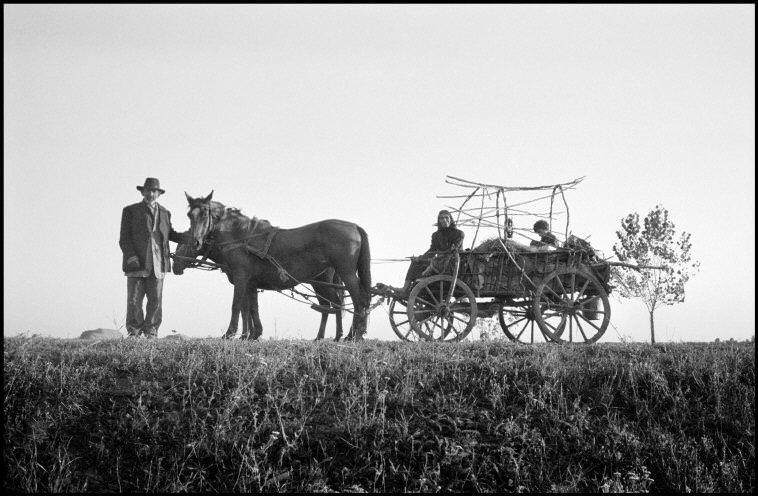
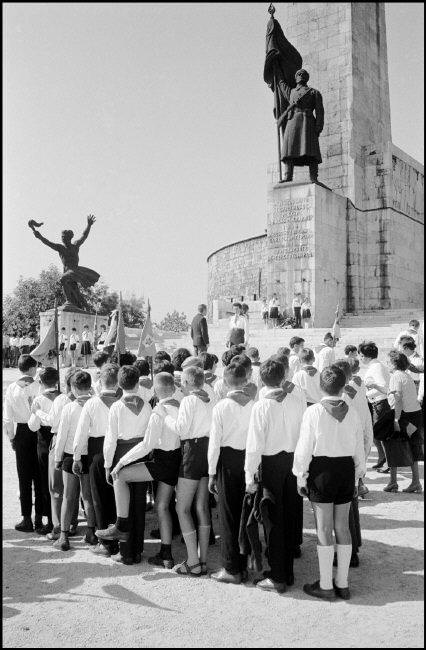
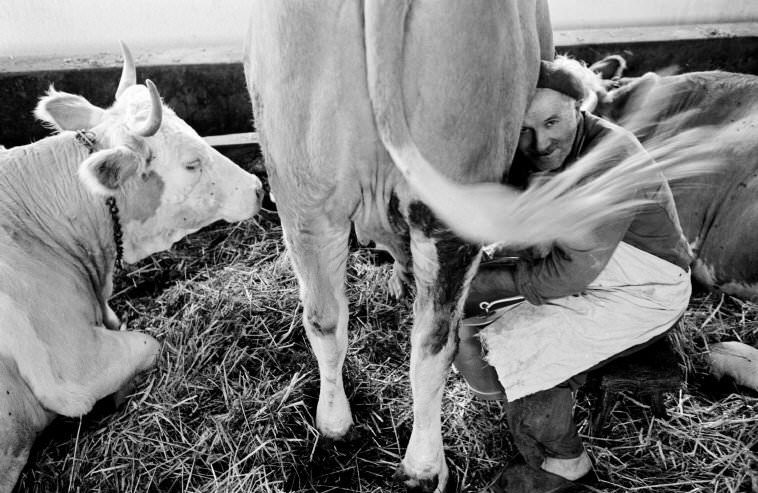
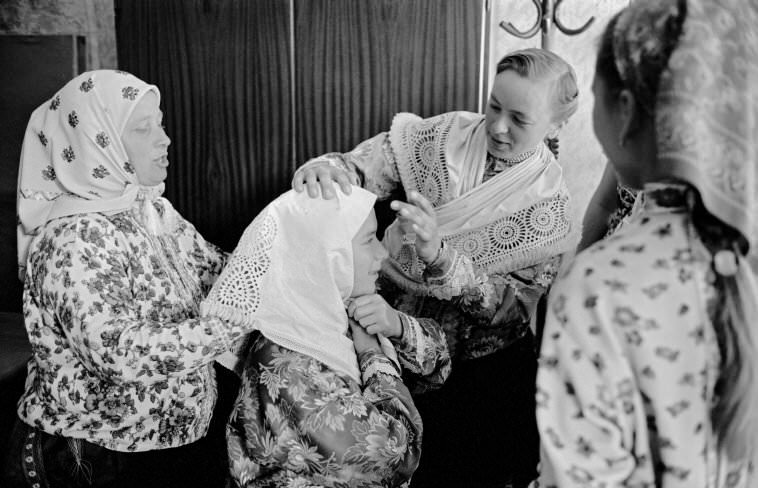
Hungary, 1964: János Kádár receives the distinction “Hero of the Soviet Union,” the first self-serving supermarket of the country is opened, and a regular coach line is started between Hungary and Czechoslovakia. So, it is nothing special, just a regular year in the life of a Socialist country. Still, something out of the ordinary happens in this year: the 36 years old American photographer visits Hungary, to create several of the iconic-to-be photographs of his career. This photographer was Elliott Erwitt, who had been commissioned to travel to the eastern side of the Iron Curtain. Besides Hungary, he visited Poland and Czechoslovakia as well, and he captured the ordinary life from his characteristic and unique perspective. The exhibition titled “Elliott Erwitt in Hungary” presents a never before showcased selection of his photographs taken in our country. The American photographer managed to see numerous places in Budapest, from the Keleti Railway Station through Nagymező Street to the Citadel, but he also visited several towns and villages in the countryside. Apparently, the monumental Socialist artworks and the urban contrasts impressed him just as much as the simple moments of the rural life. Erwitt especially enjoyed the commission, because, as he himself put it, there were no restrictions, and he could freely photograph whatever he wished.
During the exhibition, we will screen a selection of photographs taken by further world-renowned photographers of the MAGNUM Photos agency, through which we can explore the post-World War II conditions, the bloody fights of the 1956 revolution, the Socialist years, as well as the period after the democratic change of regime.
Parallel to the Mai Manó House exhibition, the most well-known images from the more than half a century long oeuvre of the world-renowned photographer were showcased in the Capa Center, under the title “Elliott Erwitt: Retrospective.”
Elliott Erwitt visited Hungary in 1964, under the commission of Time Magazine. The photographer, who was only 36 years old at the time, recalls this in an interview, as one of his most memorable assignments. “There was no brief. I was just free to do anything.” The currently presented exhibition showcases a selection of the Hungarian pictures of the photographer turning 89 this year, including one of Erwitt’s favorites, with the geese and the girls in folk dresses marching on the village road (Hungary, 1964). He usually highlights several of the photographs taken here, when asked about his oeuvre: his self-portrait taken at the Keleti Railway Station, or the image of the woman waving goodbye next to the leaving train. Elliott Erwitt didn’t only take pictures in Hungary in 1964, but also in Czechoslovakia and
Poland, capturing ordinary life in the Socialist countries. During the three months he spent on the eastern side of the Iron Curtain, he used 350 rolls of film. These images comprised his first published album titled Eastern Europe: Czechoslovakia, Hungary, Poland (1965), which is also presented at this exhibition. During the period he spent in Hungary, the photographer visited several Budapest locations, from the Keleti Railway Station to the Citadel, while he also documented the rural life. Erwitt’s Hungarian pictures depict urban and rural life with his peculiar humor, while visualizing the special limitations and difficulties of the era, resulting from the political system. Besides the Elliott Erwitt images taken in Hungary, we screen a selection of Erwitt’s photographs taken in Czechoslovakia and Poland as well, and an assortment of world-renowned photographers of the MAGNUM photo agency presenting pictures also taken in Hungary. Via these images we can explore the post-World War II conditions, the fights of the 1956 revolution, the Socialist years, as well as the period after the democratic change of regime.
(Gabriella Csizek – Flóra Barkóczi)
